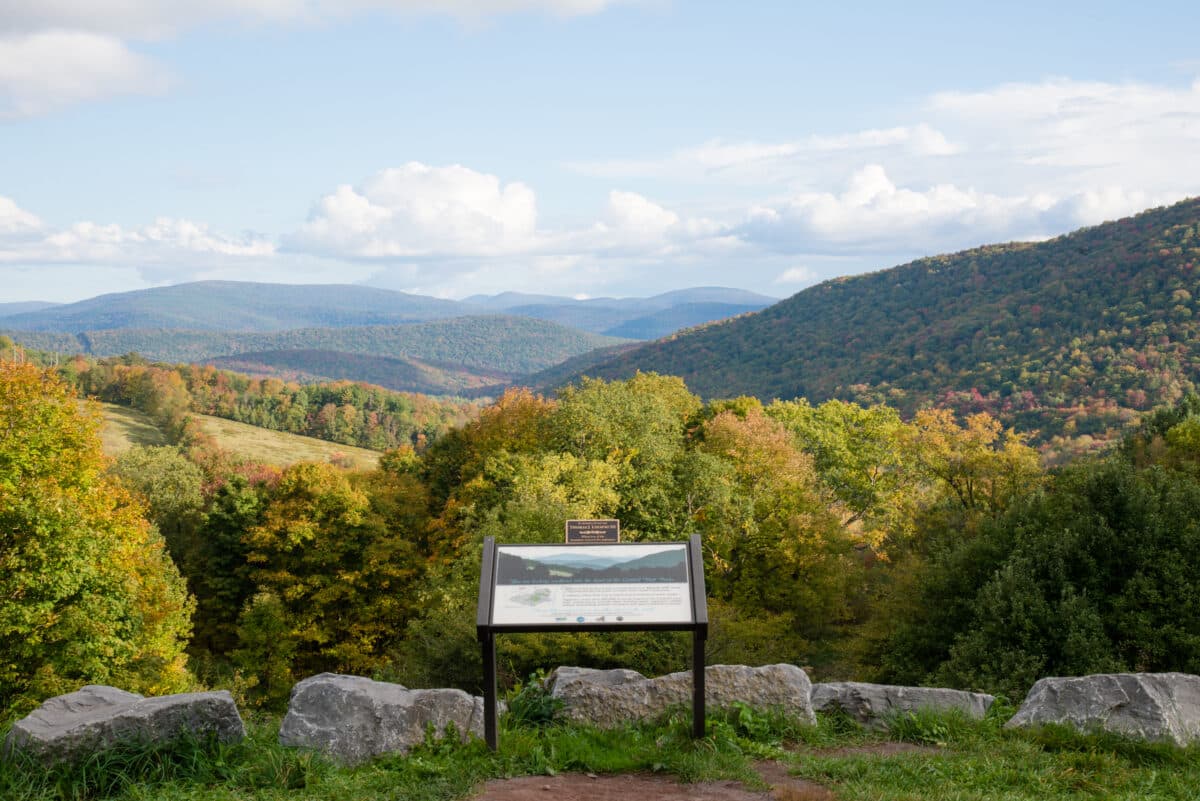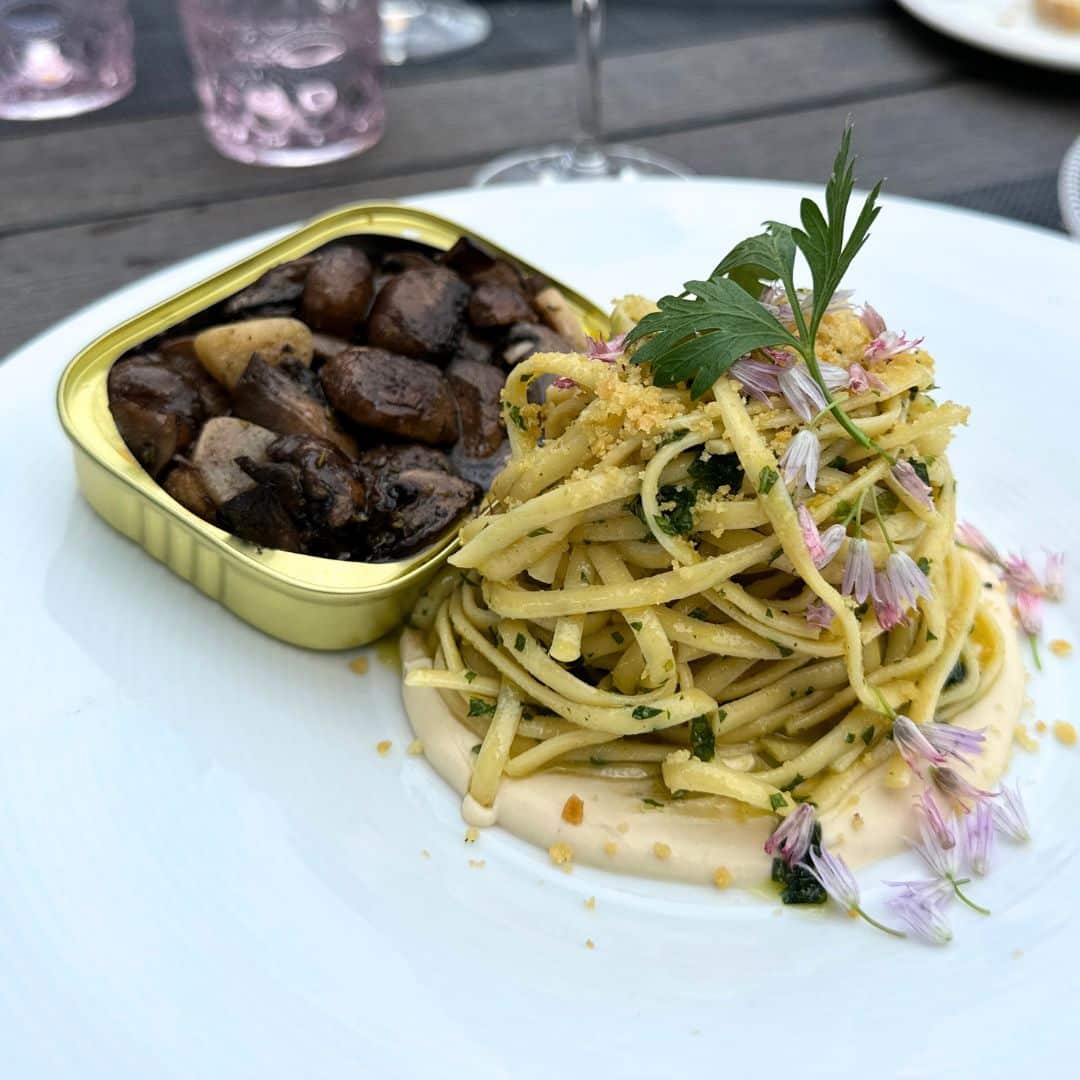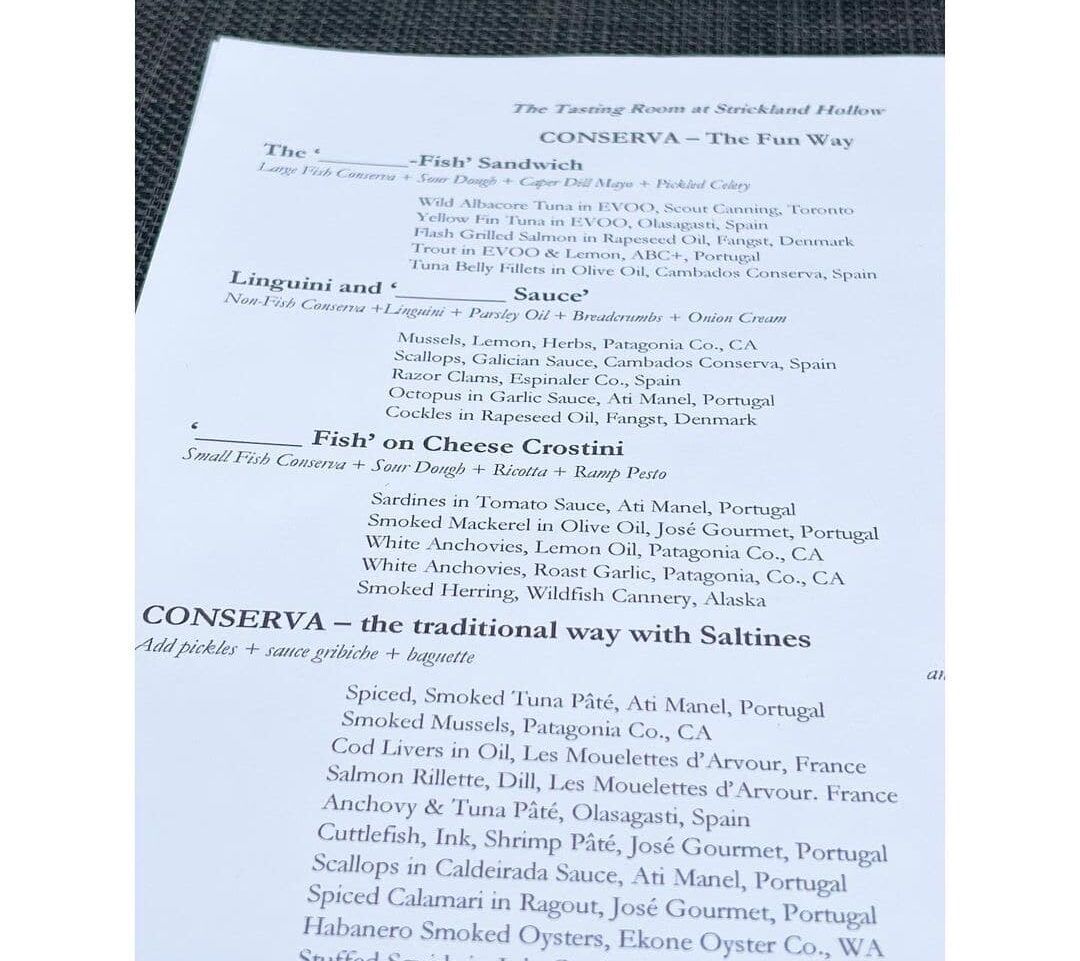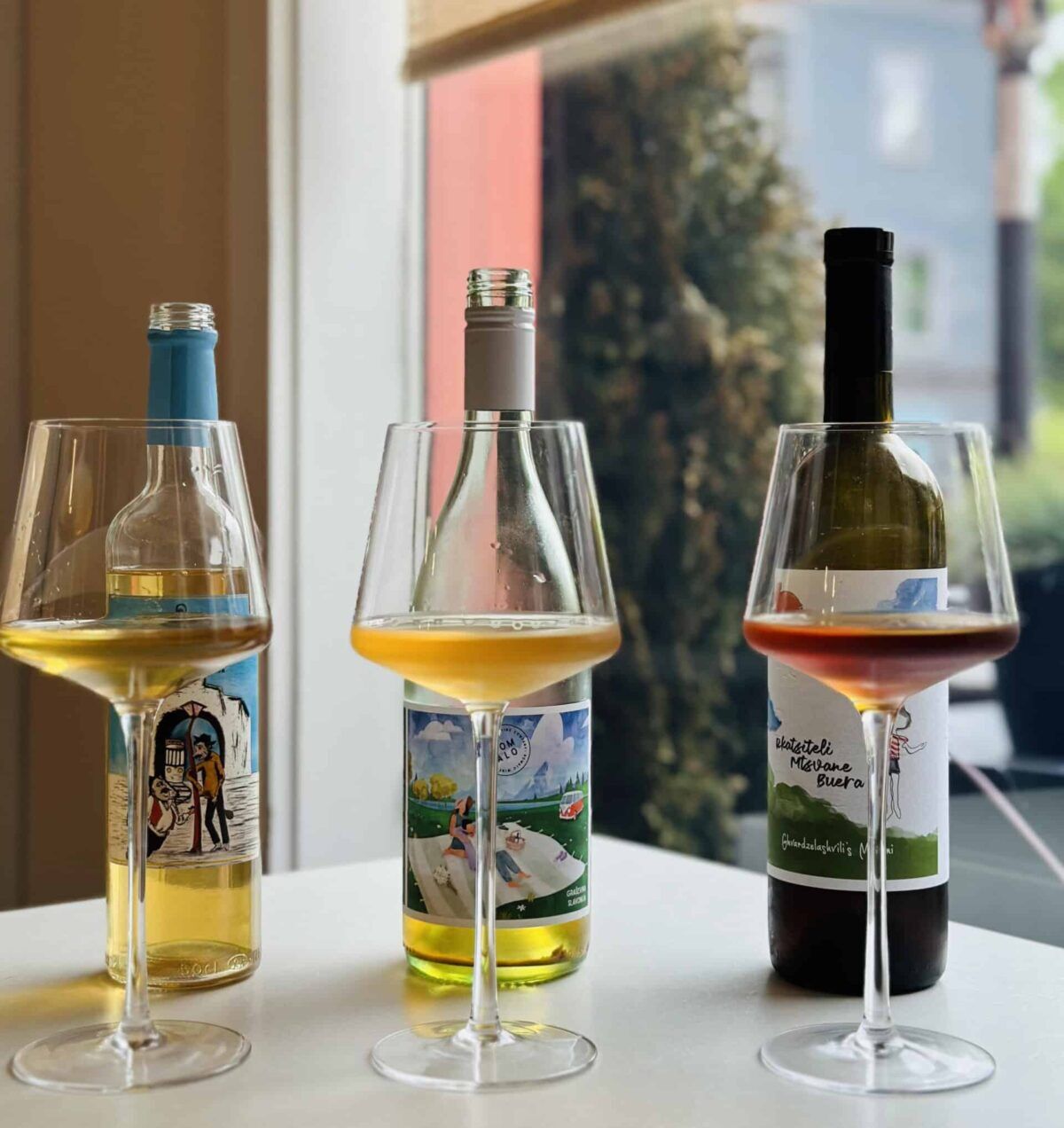This story was originally published by Barn Raiser, your independent source for rural and small town news.
Korean lunch, Albanian dinner and Iranian wine—in the Catskills?
This is the third story in a series of travel-based dispatches from rural America. Over the next few months, Oklahoma-based journalist Kristi Eaton will travel throughout rural America in search of hidden gems. From public art festivals that morph small downtown corridors into artistic landscapes, to historic architecture restored into new community hubs, Eaton will get to know the people, events and organizations that are revitalizing rural and small town communities across the country, transforming their sense of place—and ours—in the process.
Delhi, N.Y. — In an area known more for the 1987 movie Dirty Dancing and as a respite 150 miles northwest of the hustle and bustle of New York City, tourists are discovering a new reason to visit: international cuisines.
While the Catskills have always produced juicy burgers and classic American fare, today there are restaurants serving up everything from Korean to French to Albanian cuisines, making these rural parts an unlikely nexus for urban foodies, farm-to-table enthusiasts, diner denizens and craft beer aficionados.
“I think we’re just seeing this explosion of wanting something different,” says Lisa Wisely, tourism director for Delaware County in New York State.
Delaware County is the fifth-largest county by landmass in the state and the most western county in the Catskill Mountains.
“It used to be the running joke that there were more cows than there are people here,” Wisely says. “It’s definitely still a farming community, very agricultural,” with a population of a little over 44,000.

An overlook on the Palmer Hill Trail in Delaware County, near Andes, NY. (Delaware County Tourism Board)
The county’s remarkable growth in food diversity is among the most visible signs of demographic changes that have come to this predominantly white and rural county.
According to the U.S. Census, about 88% of the county identifies as white. And over the past decade, the county has shrunk by about 3,000 people, with its white population experiencing the largest decrease by dropping about 5%. At the same time, the county’s largest gains have been driven by non-white populations, with the Hispanic and Latino population having grown by over 500 to represent 5% of the county. Other groups have also grown, with 2.6% of the population identifying as Black, less than 2% as Asian and less than 1% identified as Native American, Native Hawaiian or Pacific Islander.
No matter one’s background, most county residents can agree that their proximity to farm-fresh ingredients provides unparalleled culinary enchantment.
Farm to table restaurateurs offer global tastes
The land in Delaware County is largely undeveloped, filled with farmland, whether it is being used or not.
“I think when people think of the Catskills, they only think of what they saw on Dirty Dancing, and there’s a lot of different diversity in the land,” says Wisely, who in 2006 started visiting as a “weekender” from New York City before moving full time to the area in 2014.
The county’s farms provide a lot of opportunity for farm-to-table ingredients she says. “[Delaware County] has incredible access to farm-fresh food and locally raised and grown food.”

(Strickland Hollow)
Erica Pellegrino is co-owner of Strickland Hollow, a working cider apple farm, artisan distillery and event space built in the 1800s. Erica and her husband acquired the land in 2001 when they discovered its apple trees. After years of neglect, the couple began caring for them. In 2015, they began planting a new orchard, and in 2019, the number of trees totaled 325. Their cafe boasts European-inspired foods, including conserva—canned fish—charcuterie and cheese.
“A big part of our menu is house-made charcuterie,” Erica Pellegrino says. “Then another large chunk of our menu is conserva. That was my influence. When I grew up in Australia, my dad and I would always eat smoked oysters and smoked mussels. And he put sardines on everything. So I loved conserva.”

Strickland Hollow’s globe-trotting menu of featured conserva. (Strickland Hollow)
Their cafe in Delhi, New York, is seeing repeat customers and they are receiving a lot of positive feedback from guests. “We get a lot of people who are driving around—a lot of people up here just love to get in the car and drive and explore new towns and so we are on Main Street,” she says. “We have huge umbrellas out front and the patio is really pretty. I think that attracts people.”
In fact, there isn’t a vacant storefront in Delhi. “There is not enough space for all the ideas and things that I know a lot of people want to do,” she says.
In Margaretville, a 30-minute drive down the road from Delhi, visitors and residents can enjoy small plates from the Balkans and wines at Oda Wine Garden. It was started about a year ago by Anastassia Alaj and her husband Noli.

Selection of wines from at Oda Wine Garden in Margaretville, NY. Alonside odes to Balkan cuisine, Oda Wine Garden features a large selection of wines from eastern Europe, the Middle East and West Asia. (Oda Wine Garden)
“The food that we serve touches on the Balkan regions, such as Albania, Croatia, parts of Turkey and Greece,” Anastassia Alaj says. “It is quite an ethnic type of foods and flavors, so we weren’t sure how people would respond to it.”
The wines are also stand-outs. “Our wines are not only natural, biodynamic and organic, they’re also predominantly from ancient world regions that are less known,” she says. “We have over 100 wines by the bottle, and a lot of them are from regions like Georgia, Armenia, Croatia, Greece. We have an Iranian wine.”
The couple also offer an educational series to visitors. They recently hosted a Georgian supra, a traditional feast.
“I’m from Georgia, and I know the food very well,” she says. “I think in that way, we’re able to expose people to a culture, to something new, to a new experience, to a new part of the world, through food and wine, and hopefully open people’s horizons, and introduce people to something they wouldn’t otherwise be able to find very easily.”





